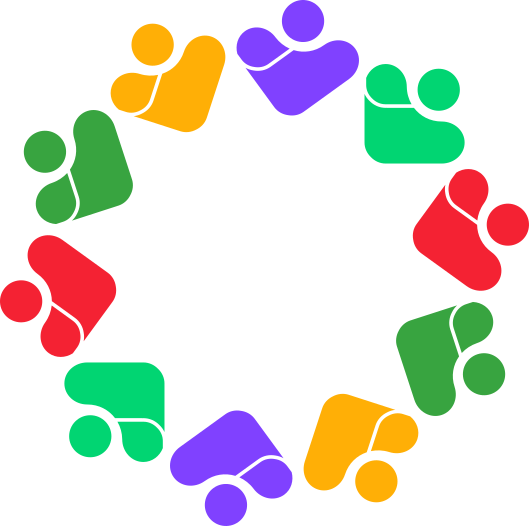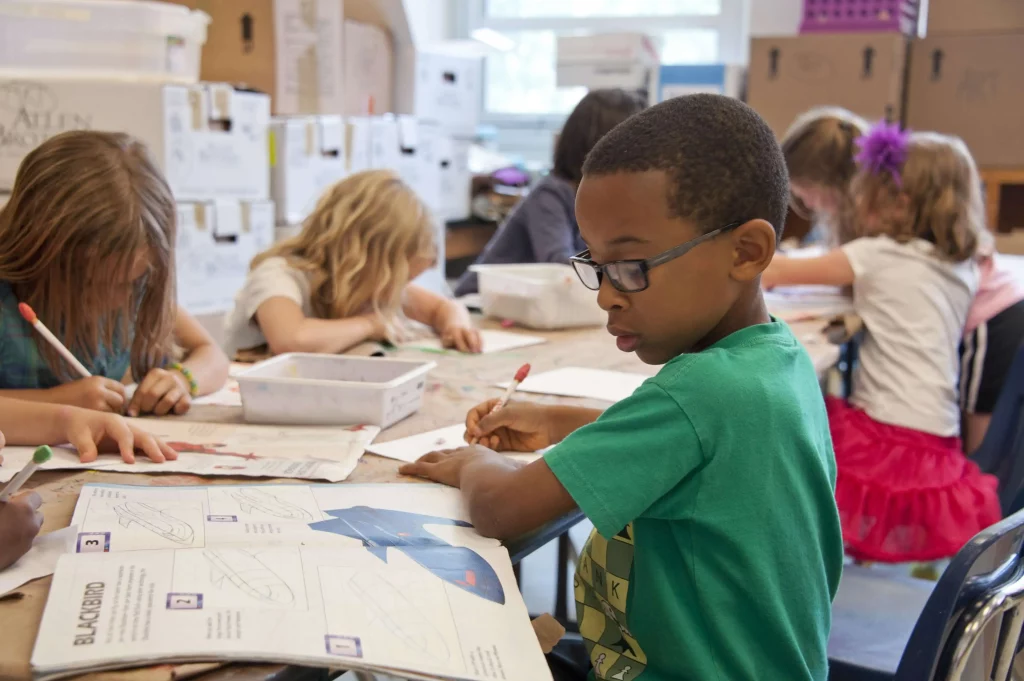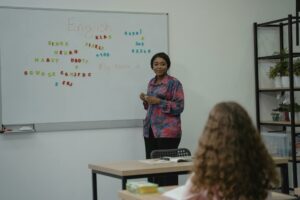Everyone has their own way of learning. Due to this, it can be hard for teachers/facilitators to be the most effective when it comes to facilitating learning due to the varying learning style types of their students.
However, by allowing students to learn in various ways, learning can be effective.
We at Open Minds Campus are constantly learning about the various learning styles that are prevalent in our students. Understanding the various learning styles is very important to help our students develop their skills. We do our best to accommodate these in our curriculum.
When a student has a good understanding of their learning style, they are able to learn better. This is because they are more likely to apply their learning effectively.
The following are the most common learning styles:
Visual Learning Style
Characteristics
A person with a visual learning style type prefers to see or observe things. This includes pictures, slides, diagrams, flip charts, and films. What out for words that they may use. If they use phrases and clauses such as “show me” and “let’s have a look” to understand what they are looking at, then they are more likely to be visual learners. They will comprehend better after they have read instructions or watched someone else do something. They will also work from written instructions.
Tips for Accommodating visual learners
- Direct them to use maps, flow charts, or web diagrams to organise materials
- Work with students to highlight and colour code books & notes to organise and relate material
- Have students pick out keywords and ideas in their own writing and encourage students to highlight these keywords/ideas in different colours to reveal organisational patterns clearly
- Advise them to write out checklists of needed formulas, commonly misspelt words, etc.
- Help them write out and use flashcards for review of material
- Encourage them to draw pictures or cartoons of concepts
- Write down material on slips of paper and move them around in proper sequence. (Can be done on PC too)
- Use the chalkboard (them and you) to note important information
- If using the computer, have the students experiment with different font sizes and styles to enhance readability.
Auditory Learning Style
Characteristics
An individual with an Auditory Learning style prefers to transfer information by listening. Watch out for phrases such as “tell me” and “let’s talk it over” to describe their conversations with others, and they are more likely to be able to perform a task after they have been given instructions by an expert. These individuals also remember all the words that they hear.
Tips for Accommodating
- Engage the students in conversation about the subject matter
- Question students about the material
- Ask for oral summaries of material
- Have them voice-record lectures and review them with you
- Have them voice-record themselves reviewing material and listen to it together
- Read material aloud to them
- Use a talking calculator
- Have them put the material to a rhythm or tune and rehearse it aloud
Kinesthetic or Tactile Learning Style
Characteristics
Students with a kinesthetic or tactile learning style require to manipulate or touch material to learn. Kinesthetic-tactile techniques are used in combination with visual and/or auditory study techniques, producing multi-sensory learning.
Kinesthetic learners need to move. They wiggle, tap, swing their legs, bounce, and often just can’t seem to sit still. They learn through their bodies and their sense of touch, and would often write things down to remember.
Tips for Accommodating
- Let them write out checklists of materials to be learned or looked for
- Trace words and diagrams on paper
- Use textured paper and experiment with different sizes of pens, pencils, and crayons to write down information
- Use role-play or dramatise concepts. Students can move objects around to dramatise a concept or act out the concept themselves.
- Ask the student to envision a scene in which the material to be learned is being used or acted out somehow. For example, a student could imagine being a character in a novel.
- Have the student take notes (on paper, word processor, in textbooks) while reading or listening.
- Use some form of body movement (snapping fingers, pacing, mouthing ideas) while reciting material to be learned.
While these are the most commonly discussed learning style types, there are several others.
There are also various online assessment tools available to find the learning style type of your students. Each child is unique and cannot be put into a box. Students often display a variety of learning style types and can use a combination of techniques to learn.
Using these learning style types in a classroom allows for invidualised learning and for each student to learn at their own pace.
As students realise that are able to learn, it builds their confidence to teach themselves, hence enhancing their independence. Such independence will benefit them throughout their school careers and in their lives beyond school. The philosophy of Open Minds Campus is precisely this. It is to empower students to become lifelong learners by understanding themselves and how they learn.



